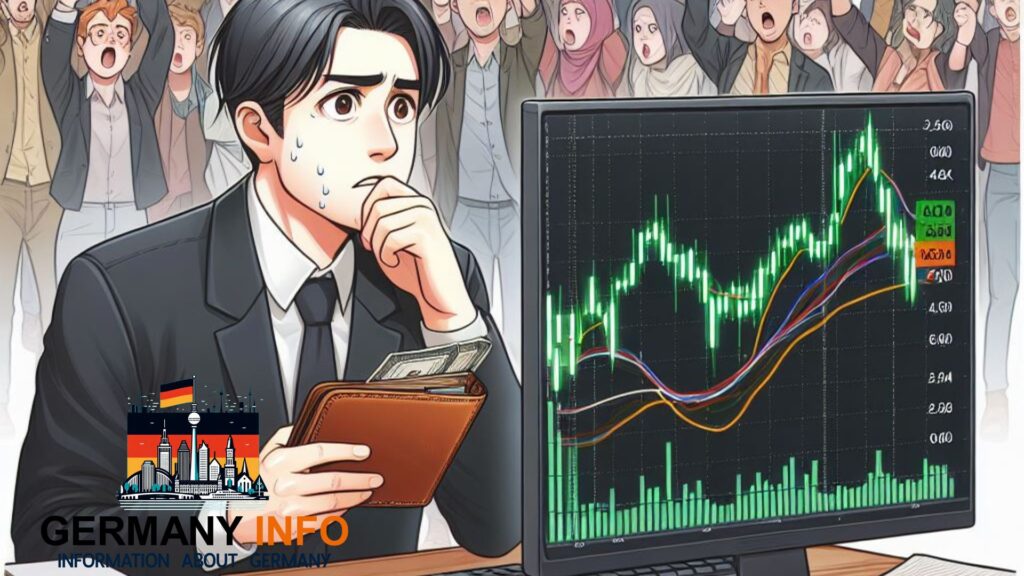The Weimar Republic represents a crucial and tumultuous period in German history, spanning from 1919 to 1933. This era witnessed the transition from imperial rule to a fledgling democracy, amidst economic turmoil, political instability, and the eventual rise of Adolf Hitler and the Nazi Party. Understanding the Weimar Republic is essential to grasp the factors that led to the Second World War and the subsequent shaping of modern Europe.
The Formation of the Weimar Republic
The End of World War I
The Weimar Republic was established in the aftermath of World War I, following the abdication of Kaiser Wilhelm II in November 1918. Germany was in a state of upheaval, suffering from the war’s devastating effects, including severe economic hardship, social unrest, and political instability. The Treaty of Versailles, signed in June 1919, further exacerbated these issues by imposing harsh reparations, territorial losses, and military restrictions on Germany.
The Weimar Constitution
In August 1919, the Weimar Constitution was adopted, creating a democratic framework for Germany. This constitution established a parliamentary system with a president, a chancellor, and a Reichstag (parliament). Despite its progressive nature, the constitution had inherent weaknesses, including the proportional representation system, which led to fragmented parliaments and unstable coalitions, and Article 48, which allowed the president to rule by decree in emergencies.
Economic Turmoil and Hyperinflation

Post-War Economic Struggles
The Weimar Republic faced significant economic challenges from its inception. The war had drained Germany’s resources, and the Treaty of Versailles demanded enormous reparations payments, placing a heavy burden on the already weakened economy. The government resorted to printing more money to pay off debts, leading to hyperinflation.
The Hyperinflation Crisis
Hyperinflation reached its peak in 1923, rendering the German mark virtually worthless. Prices soared, and people’s savings were wiped out, causing widespread despair and discontent. The crisis had a profound impact on the German populace, eroding trust in the Weimar government and creating fertile ground for extremist political movements. The introduction of the Rentenmark in late 1923 and the Dawes Plan in 1924 helped stabilize the economy temporarily, but the damage had been done.
Political Instability and Extremism
The Rise of Political Extremism
The Weimar Republic’s political landscape was marked by deep divisions and the rise of extremist parties. The far-left, represented by the Communist Party (KPD), and the far-right, represented by the National Socialist German Workers’ Party (NSDAP or Nazi Party), both sought to overthrow the democratic system. The moderate parties struggled to maintain stability and govern effectively amidst this polarized environment.
The Beer Hall Putsch
In November 1923, Adolf Hitler and the Nazi Party attempted a coup known as the Beer Hall Putsch in Munich. The putsch failed, and Hitler was arrested and sentenced to prison, where he wrote “Mein Kampf.” Despite the failure, the event and Hitler’s subsequent trial brought national attention to him and the Nazi Party, laying the groundwork for their future rise to power.
The Golden Years (1924-1929)
Economic Recovery and Cultural Flourishing
The mid-1920s, often referred to as the “Golden Years” of the Weimar Republic, saw a period of relative stability and prosperity. The Dawes Plan restructured reparations payments, and foreign loans, particularly from the United States, helped rebuild the economy. This era also witnessed a cultural renaissance, with Berlin becoming a hub for art, literature, and cinema. The Bauhaus movement and influential figures like Bertolt Brecht and Marlene Dietrich emerged during this time.
Political Stability and Diplomatic Success
Gustav Stresemann, serving as Chancellor and later as Foreign Minister, played a crucial role in stabilizing the Weimar Republic. His policies of reconciliation and cooperation with Western powers led to Germany’s admission to the League of Nations in 1926 and the signing of the Locarno Treaties, which improved relations with France and Belgium. However, this period of stability was fragile and heavily reliant on foreign economic support.
The Great Depression and the Fall of the Weimar Republic
The Impact of the Great Depression
The Wall Street Crash of 1929 had catastrophic effects on the global economy, and Germany was particularly hard hit due to its dependence on American loans. Unemployment soared, and industrial production plummeted, leading to widespread poverty and despair. The economic crisis severely undermined confidence in the Weimar Republic and fueled support for extremist parties promising radical solutions.
The Rise of the Nazi Party
The Nazi Party, under Hitler’s leadership, capitalized on the economic turmoil and political instability. Their promises to revive the economy, restore national pride, and overturn the Treaty of Versailles resonated with a desperate and disillusioned populace. The Nazis gained significant electoral support, becoming the largest party in the Reichstag by 1932.
The End of the Weimar Republic
In January 1933, President Paul von Hindenburg appointed Adolf Hitler as Chancellor, believing he could be controlled and used to stabilize the country. However, Hitler quickly consolidated power, using the Reichstag Fire in February 1933 as a pretext to pass the Reichstag Fire Decree, which suspended civil liberties and allowed for the arrest of political opponents. The Enabling Act, passed in March 1933, gave Hitler dictatorial powers, effectively ending the Weimar Republic and paving the way for the Nazi dictatorship.
The Weimar Republic was a period of profound change and upheaval in German history. It represented a bold experiment in democracy amidst the ruins of World War I, but its inherent weaknesses, compounded by economic crises and political extremism, led to its downfall. The rise of Nazism and the establishment of the Third Reich had catastrophic consequences for Germany and the world, leading to World War II and the Holocaust. The lessons of the Weimar Republic continue to resonate, highlighting the fragility of democracy and the dangers of economic instability and political polarization.

